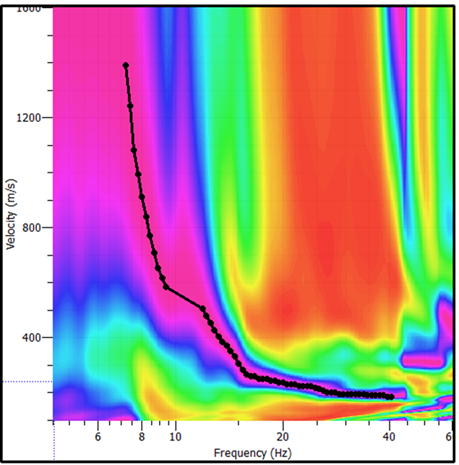Stability analysis is the study of how many factors influence the stability of soil and rock slopes. This method are mainly using for earth and rock-fill dams, embankments, excavated slopes, and natural slopes in soil and rock. These tools can also use to analyze whether a clayey slope will remain stable under the conditions specified by a geotechnical engineer. The potential for slope failure is assessed to ensure that the design, construction and operation of earth and rock-fill dams, embankments and excavated slopes will not result in a situation that could cause loss of life, injury or damage to property. This is usually performed on earth and rock-filled dams, slope protection systems, embankments, excavated slopes, pond tops and retaining walls. This study refers to resistive forces acting on the slope. This approach is a critical component of geo-technical engineering furthermore Important factors such as embankment geotechnical properties, soil properties and drainage patterns are evaluated by a slope analysis to determine if a certain embankment can withstand certain limit states to avoid failure. A slope stability analysis helps to determine if the structure is stable when subjected to natural processes such as erosion caused by precipitation, runoff or seismic ground shaking. This analysis is a static or dynamic, analytical or empirical method to evaluate the stability of earth and rock-fill dams, embankments, excavated slopes, and natural slopes in soil and rock. Slope stability refers to the condition of inclined soil or rock slopes to withstand or undergo movement. The objective of slope stability analysis is to determine if an evaluated slope deposit will fail under expected conditions of use.A geotechnical engineer may often be asked to determine if a proposed site for an earth retention structure (e.g., levee or dam) is stable enough such that it can be built safely. Stability evaluation can include pushing down on the pile driving tools until they won’t push any further (maximum allowable bearing capacity), pushing down on the pile driving tools until they penetrate into the underlying ground (minimum acceptable bearing ratio), pulling up on drilled holes. Slopes must not be so steep that they slide down due to their weight. Stability analyses generally perform in two steps: (1) determining the critical failure mode and (2) evaluating the associated adverse effects of failure. The basic purpose of analyzing is then to identify conditions under which existing slopes will fail thus causing potential life hazards for people living near them. That is essential for slopes. fortunately, we have couple of experts in our geotechnical consulting company at EGsciences. Slope stability is popular in Chile and is a static or dynamic, analytical or empirical method to evaluate the stability of earth and rock-fill dams, embankments, excavated slopes, and natural slopes in soil and rock. Geotechnical stability is a comprehensive and non-destructive way to determine the stability of earth and rock-fill dams, embankments, excavated slopes, and natural slopes in soil and rock.
Stability Analysis & Finite Element Analysis
Depending on the type of slope and soil/rock characteristics, stability analysis can be used to determine the stability state of a slope. Suitable methods include: GIS-Model, Kyte-Stability Graph (e.g. KSM Model), Simulation using Advanced Geotechnical Software (AGS),Therefore, we need to use advanced and sophisticated numerical techniques such as Finite Element Analysis (FEA) or Finite Difference Method (FDM). This paper aims at assessing the probability of slope failure under the conditions imposed by nature and man. The most popular method of this science is using a combination of analytical and empirical methods and findings from ground reconnaissance surveys. Stability analysis is just one of the many services we offer. Because we have a team of geotechnical experts, you can be assured that your project will be completed in a timely manner and we can provide accurate cost estimates for projects. Other sites in Chile also require slope stability analyses–we can help via our courses.
